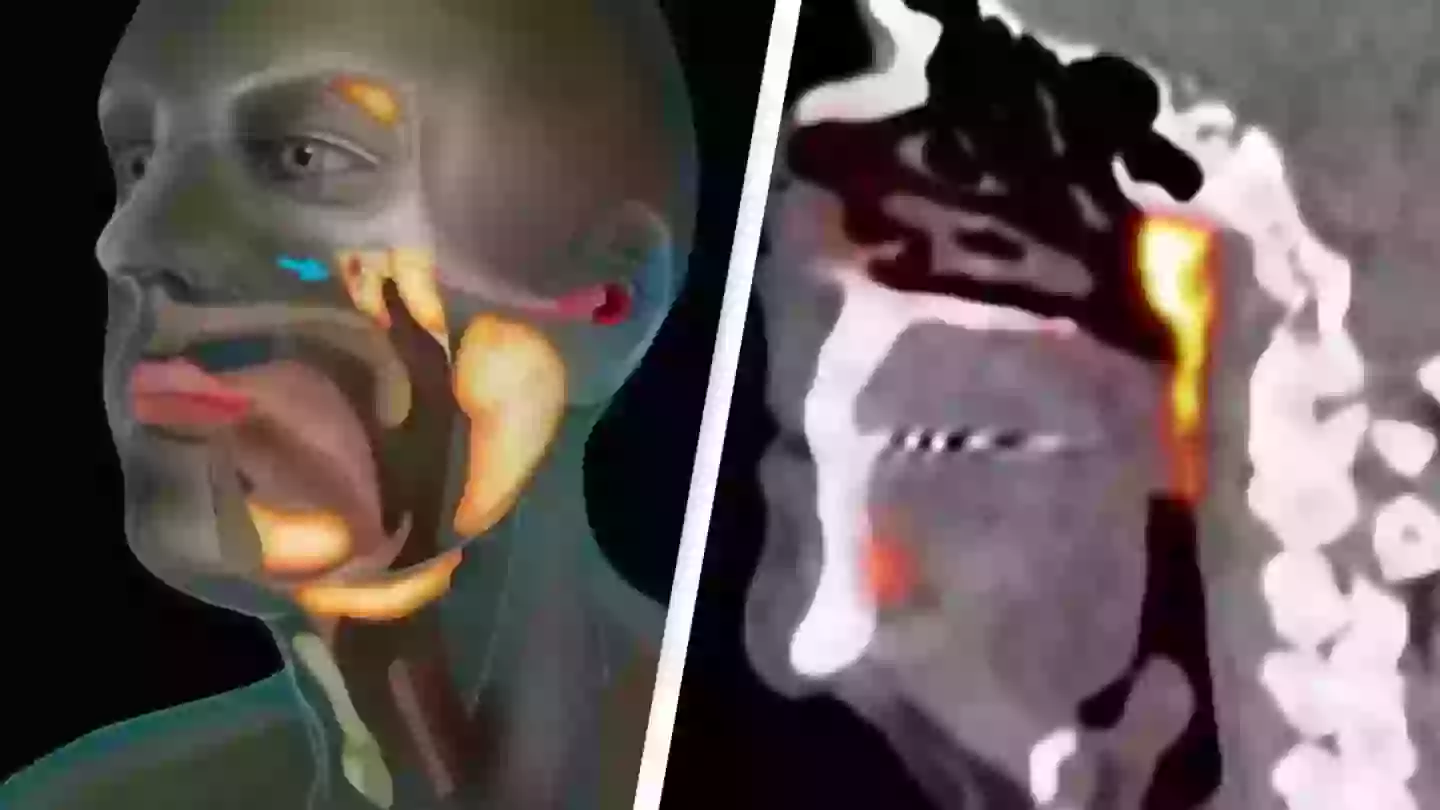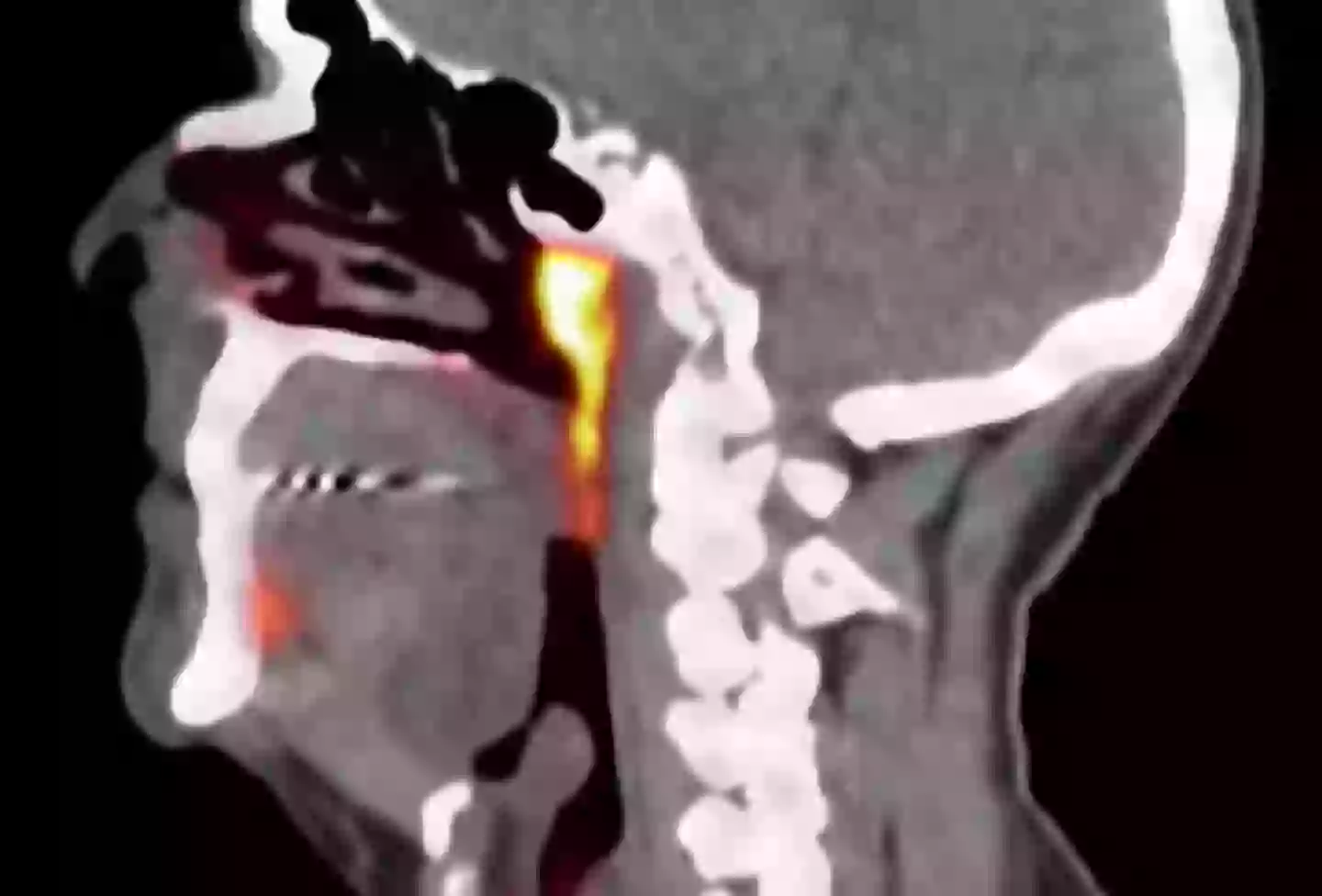
It's no secret that humans have long been an intriguing topic of scientific study, but when it comes to what's inside our bodies, you'd probably have thought we'd got it covered by now.
There's 206 bones, a heart, a brain, blood, muscles - you get the picture. We've had years of dissecting bodies and studying what's inside to figure it all out.
So that makes it all the more surprising to learn that scientists discovered an entirely new organ just four years ago.
The discovery even came as a surprise to the scientists themselves, as they weren't looking for a new organ when it happened. As I mentioned, they probably thought we were all clued up in that area.
Advert
Instead, the team studying in the Netherlands were actually looking at prostate cancer when they came across the mysterious organ.
This might give you some clues about where it's located, and I can tell you right now, you're wrong.
The organ is actually located just beneath the face, meaning we've been staring at it the whole time.
So, how did the scientists stumble upon this organ?
Advert
Well, it all went down after the scientists at the Netherlands Cancer Institute conducted a series of CT and PET scans on patients who had been injected with radioactive glucose, which makes tumours glow on scans.

When analyzing the scans, the team noticed two areas within the heads were lighting up.
The image indicated a set of salivary glands were tucked away in there, and upon further investigation, the scientists found that was exactly the case.
Advert
When they managed to track down the organ, the team gave it the catchy name of the 'tubarial salivary gland'.
The glands can be found behind the nose, in the nook where the nasal cavity meets the throat, and they're intended to 'lubricate and moisten the area of the throat behind the nose and mouth'.

Dr Wouter Vogel, radiation oncologist at the Netherlands Cancer Institute, explained that the reason the glands have gone unnoticed for so long is likely because it takes 'very sensitive imaging' to spot them.
Advert
On top of that, they're 'not very accessible'.
"People have three sets of large salivary glands, but not there," he said.
"As far as we knew, the only salivary or mucous glands in the nasopharynx are microscopically small, and up to 1,000 are evenly spread out throughout the mucosa. So, imagine our surprise when we found these."
The accidental discovery offered hope to scientists that it may help cancer patients experience less complications after receiving radiotherapy, as they believe many complications surrounding the treatment are connected to the tubarial salivary glands.